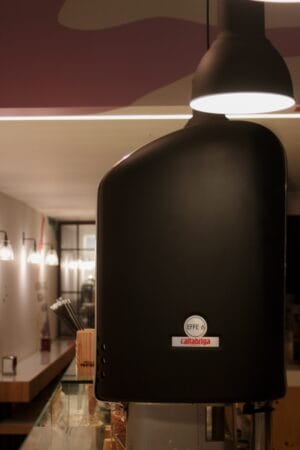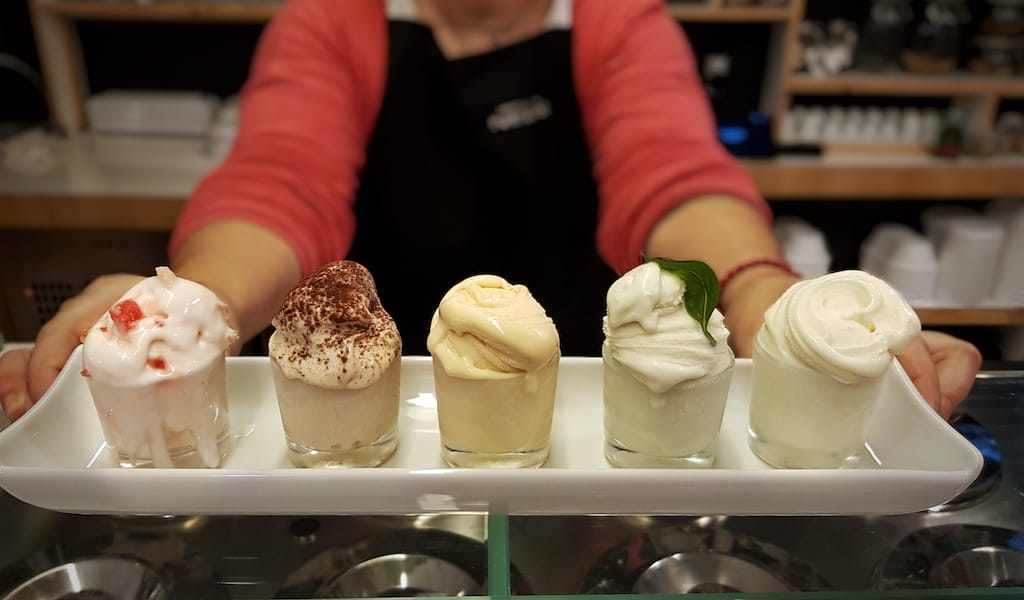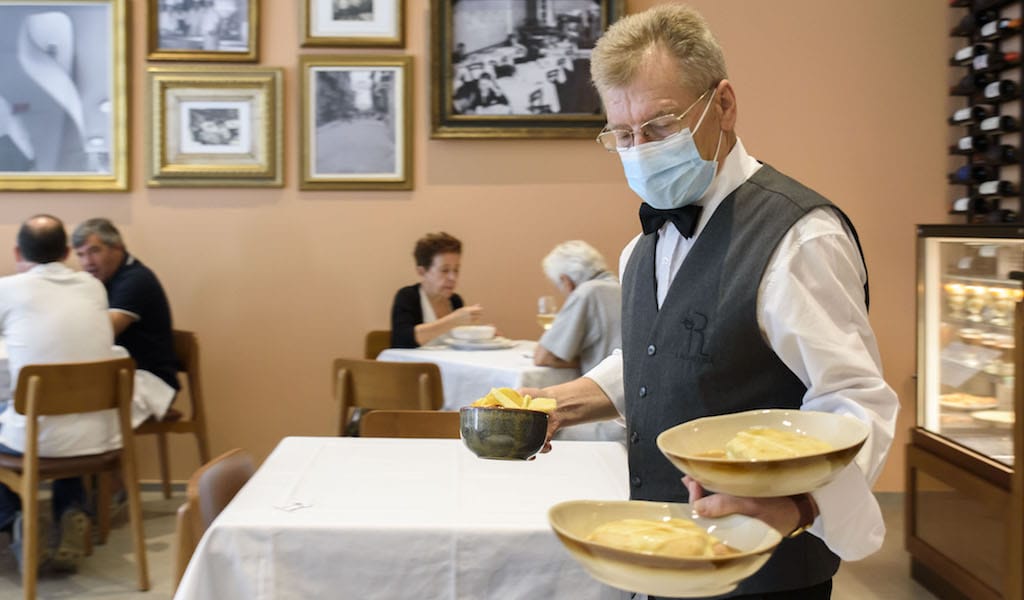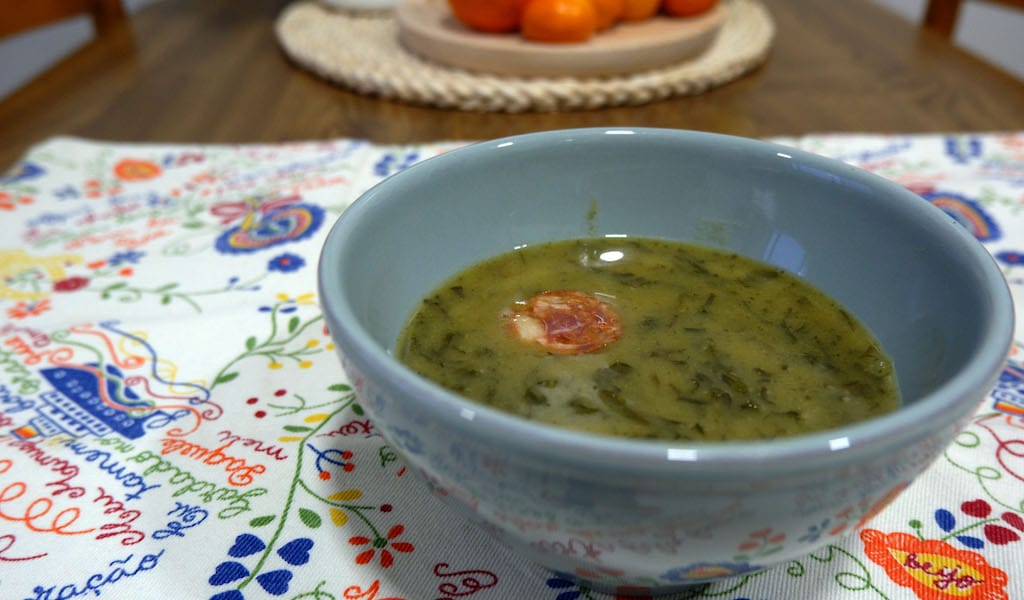The origin of Gelataria Portuense is not your average love story. It is a more intricate tale, worthy of the universe of writer Isaac Asimov, as it begins with a woman’s passion for a machine. In this case, the woman is the Porto-based gelatiere Ana Castro Ferreira, and the device is called Effe, a prodigious gelato machine created at the hands of Otello Cattabriga, an ingenious and talented Italian inventor.
When Ana – who formerly worked as a researcher on sustainable energy systems for buildings – took an interest in gelato, she went about searching for a gelato-making class. While investigating online, Ferreira came across a video in which skilled hands demonstrate the agility and elegance of the Effe machine. “It was exactly what I was looking for, and I didn’t even know it. It was love at first sight,” she laughs. Effe is one of the most coveted machines on the market, and many professionals desire to have it because of its capacity for reproducing the perfect moves to create an ice cream base – emulating the smoothness and the rhythm of an Italian grandmother’s hands. “It is one of the few appliances in this industry that allows the creator to customize her recipes and leave her fingerprint,” Ferreira explains.

When she discovered a school in Italy created by Effe’s manufacturer, Cattabriga, she didn’t think twice and signed up for the course. For a year, Ferreira studied with the renowned master Giacomo Schiavon to learn how to produce the creamiest and tastiest gelatos. In 2016, back in in her native Porto, she took the leap to open her own ice cream shop: 1927 Gelataria Portuense. “I decided to boast the date as an homage to the year of creation of my loyal servant,” she explains, referring to the Effe.
For the first three years, Ferreira says, it wasn’t easy to keep the doors open. First, because it takes time to grow a customer base for a new business, and second, because ice cream consumption has never been a widespread habit in Portugal. The first ice cream shops began to appear more broadly in the country in the 1950s. Before that, when people wanted dessert, they looked for traditional sweets or the famous Portuguese convent pastries.
For her, the challenge was greater because from the very beginning Ferreira chose to also incorporate signature flavors, such as Port wine, Earl Grey, curd cheese with figs and white chocolate and matcha, not as popular among clients. “But of course we never cease to serve the classics, such as pistachio, stracciatella and chocolate,” she emphasizes.

Gradually, she realized that, although they didn’t have the same commercial appeal as the classics, these flavors helped create an interest among a more particular niche audience, which allowed her to differentiate herself in the city’s food scene.
With the boom in tourism in Porto and more popularity among locals, Gelataria Portuense gradually began to attract more attention. “We gained great exposure through social media. We had a customer who came from Hawaii, and said she came from the airport straight to the ice cream shop because she already followed us on Instagram,” Ferreira says. “We have many international customers, from Australia to Brazil, and other European countries [as well].”
But during the pandemic, she realized that her business had gained affection also among the locals. Upon announcing that she was delivering gelato, she saw a massive turnout from the townspeople to help keep the ice cream shop going through the tough months. “It was more than word of mouth,” says Ferreira, about the sense of community that Porto still has for being a relatively small city.
This sense is also very present in her daily work, as she tries to buy from local producers, such as the strawberries from a former engineer who decided to dedicate himself to agriculture in recent years. “I always try to have seasonal products, mainly in the case of fruits. Getting to know the producers allows me to work with the best and freshest they have,” she explains.

But that doesn’t mean Ferreira doesn’t also have eyes for the world. In 2018, she started a project known as Volta ao Mundo (“‘Round the World”) for which she created gelatos based on recipes from different countries, such as Austria (from a typical Viennese cake made with apricot jam), France (such as crème brûlée) and England (with rhubarb and Guinness beer).
This year, a new route across the globe included countries such as the United States, Mexico and Brazil. “I created the project as a pretext to investigate products and flavors. I am passionate about ice cream culture and, through this investigation, I allow myself to study flavors that are often unknown to me, to understand how I can reinterpret interesting gelatos,” she explains.

This dedication has also earned Ferreira many partnerships, as other chefs in the city recognize the quality of the ice cream she produces. Today, some of the flavors created by Gelataria Portuense are on the menus of famous restaurants (such as Grutra and ODE) and hotels (like Mercury and Palacio Batalha) in the area. “It’s an honor when renowned chefs ask me to create a gelato for their menus, because I think of my gelatos as proper dishes made from scratch and with the best products,” she explains. The impact of her work in the small space on Rua do Bonjardim, where she keeps her laboratory of frozen delights at the back, has gone beyond the city’s borders as well. A famous ice cream shop in Germany, Antipodean Gelato, proposed an exchange with Ferreira. She reproduces one of their recipes in Porto, and they do the same with a flavor developed by her in Frankfurt.
As for her next Portugal-inspired flavor? “I’m thinking of a pastel de nata gelato. I’ve never made it, and I don’t know if the recipe can work,” she says. “But I really like a challenge.”
 April 9, 2024 Oficina dos Rissóis
April 9, 2024 Oficina dos Rissóis
More than a food staple, the rissol is also a symbol of the popular culture in Portugal, […] Posted in Porto January 25, 2024 A Regaleira
January 25, 2024 A Regaleira
“Bom filho à casa torna,” we like to say in Portuguese, a maxim that translates to “a […] Posted in Porto October 16, 2023 Caldo Verde
October 16, 2023 Caldo Verde
Caldo verde, Portugal’s most famous soup, doesn’t sound like much in English – “green […] Posted in Porto
Rafael TononRafael Tonon
Published on September 28, 2022
Related stories
April 9, 2024
PortoMore than a food staple, the rissol is also a symbol of the popular culture in Portugal, where locals eat it standing at counters, always paired with a cup of coffee – or a glass of tap beer from eleven o'clock onwards. Rissóis (plural) are half-moon-shaped savory pastries of peasant origins, and from grandmothers' houses…
January 25, 2024
Porto | By Cláudia Brandão
Porto“Bom filho à casa torna,” we like to say in Portuguese, a maxim that translates to “a good son comes home.” Can the saying be applied to a sandwich? In Porto, we would argue, the answer is yes, especially now that A Regaleira, the birthplace of the francesinha – Porto’s signature dish – is open…
October 16, 2023
Porto | By Cláudia Brandão
PortoCaldo verde, Portugal’s most famous soup, doesn’t sound like much in English – “green broth” is the literal translation. I was thinking about this when reading an article on the 20 best soups in the world, which a friend sent to me, noting that caldo verde (a “homey soup” where “thinly sliced greens meld with…





















































































